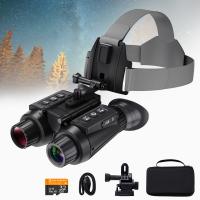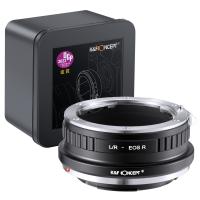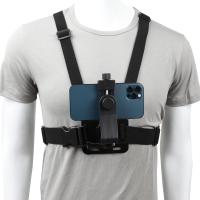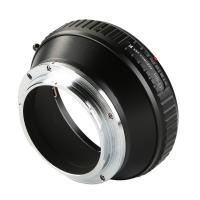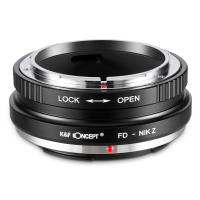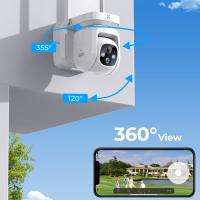How To Wire Swann Cameras ?
Wiring Swann cameras typically involves connecting the camera to a power source and a recording device or monitor. The specific wiring process may vary depending on the model of the camera and the recording device being used. Generally, the camera will have a power cable and a video cable that need to be connected to the appropriate ports on the recording device. Some Swann cameras may also have additional cables for audio or network connectivity. It is important to follow the manufacturer's instructions and any applicable safety guidelines when wiring Swann cameras. It may also be helpful to consult with a professional installer or technician if you are unsure about the wiring process or need assistance with installation.
1、 Camera Placement and Wiring Considerations
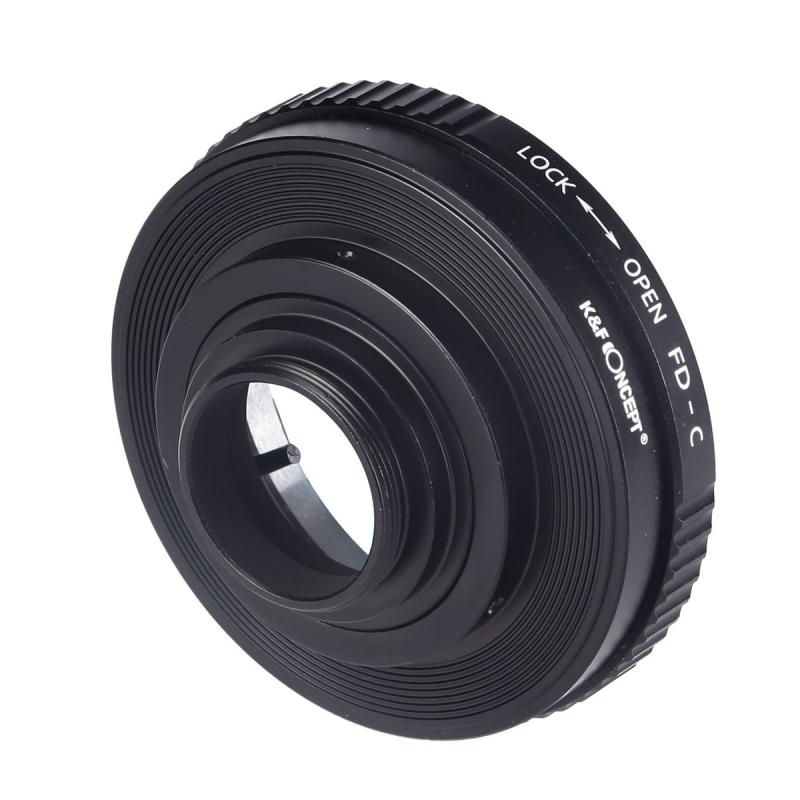
How to wire Swann cameras is a common question among those who want to install security cameras in their homes or businesses. The process of wiring Swann cameras is relatively simple and straightforward, but it requires some basic knowledge of electrical wiring and tools.
Before wiring Swann cameras, it is important to consider the placement of the cameras and the wiring requirements. The cameras should be placed in strategic locations that provide maximum coverage of the area to be monitored. The wiring should be done in a way that is neat and organized, and it should be hidden from view as much as possible.
When wiring Swann cameras, it is important to use the correct type of cable. Swann cameras typically use coaxial cable, which is a type of cable that is designed for transmitting video signals. The cable should be run from the camera to the DVR or NVR, which is the device that records and stores the video footage.
The wiring should be done in a way that is safe and secure. The cables should be properly insulated and protected from damage, and they should be secured to the walls or ceilings using cable clips or other types of fasteners.
In addition to wiring considerations, it is also important to consider the latest point of view when it comes to camera placement. With advancements in technology, cameras can now be placed in areas that were previously difficult to monitor, such as corners and ceilings. It is also important to consider the resolution and field of view of the cameras, as these factors can greatly impact the effectiveness of the surveillance system.
Overall, wiring Swann cameras requires some basic knowledge and tools, but it is a relatively simple process. By considering the placement and wiring requirements, as well as the latest point of view in camera placement, you can ensure that your surveillance system is effective and secure.
2、 Power Supply and Cable Selection
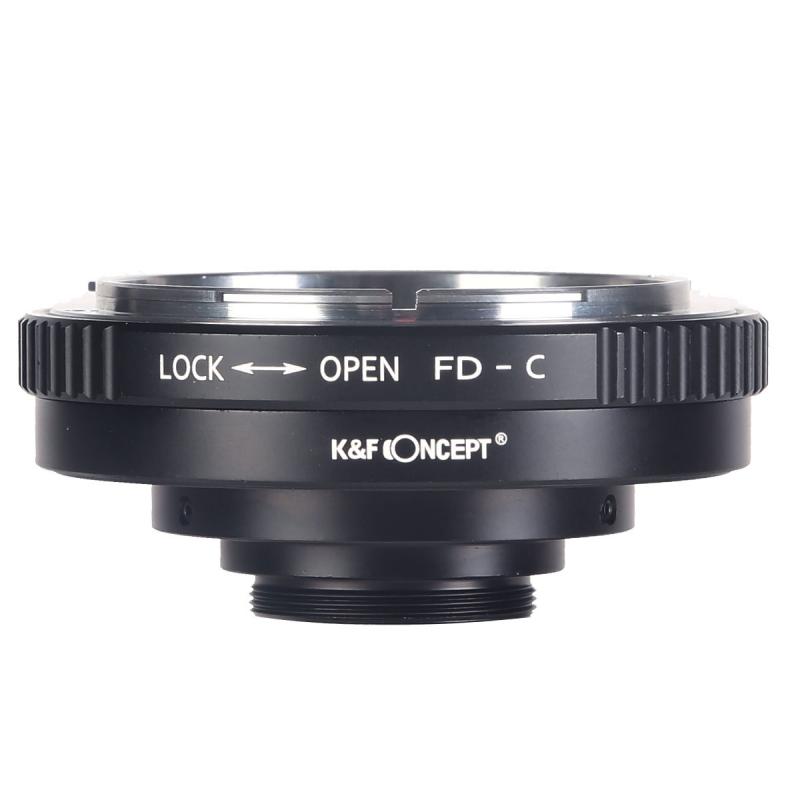
How to wire Swann cameras is a common question among those who want to install security cameras in their homes or businesses. The process of wiring Swann cameras involves selecting the right power supply and cable for the cameras.
Power Supply and Cable Selection:
When selecting a power supply for Swann cameras, it is important to choose one that matches the voltage and amperage requirements of the cameras. Swann cameras typically require a 12V DC power supply, and the amperage requirement varies depending on the number of cameras being used. It is recommended to use a power supply with a higher amperage rating than the total requirement of the cameras to ensure stable and reliable power.
For cable selection, Swann cameras typically use either coaxial or Ethernet cables. Coaxial cables are commonly used for analog cameras, while Ethernet cables are used for IP cameras. It is important to choose cables that are of high quality and have the appropriate length for the installation. It is also recommended to use cables with a higher rating than the required length to ensure reliable transmission of data and power.
In addition to power supply and cable selection, it is important to follow the manufacturer's instructions for wiring Swann cameras. This includes properly connecting the cables to the cameras and the power supply, as well as ensuring that the cameras are properly grounded.
Overall, wiring Swann cameras requires careful consideration of power supply and cable selection, as well as following the manufacturer's instructions for proper installation. With the right equipment and knowledge, installing Swann cameras can be a straightforward process that provides added security and peace of mind.
3、 Camera Wiring and Connection to DVR
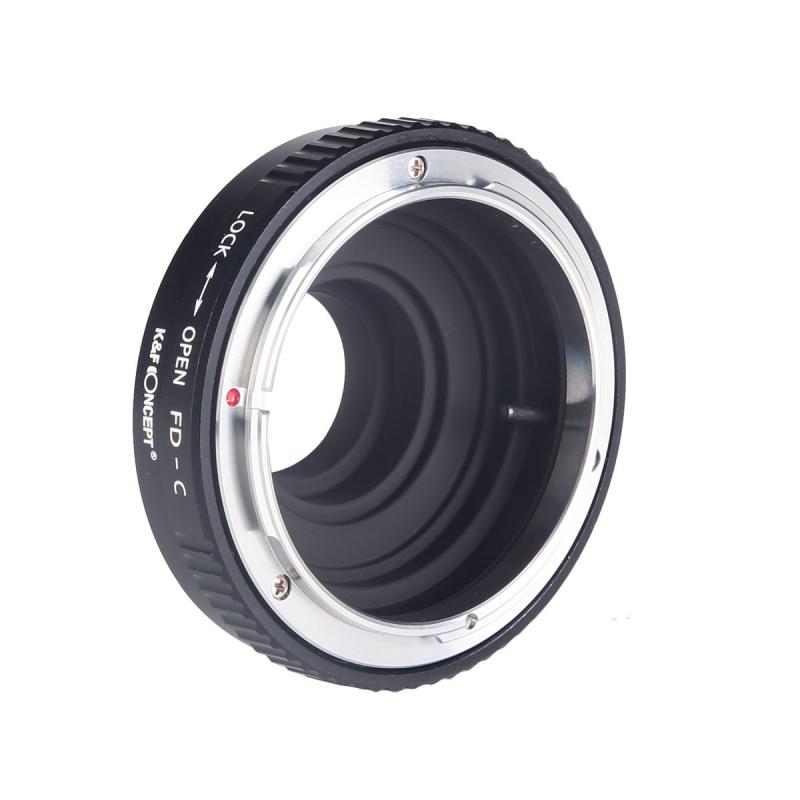
Camera Wiring and Connection to DVR is the process of connecting Swann cameras to a DVR for surveillance purposes. The process involves wiring the cameras to the DVR using coaxial cables and power adapters. The following steps can be followed to wire Swann cameras:
1. Determine the location of the cameras: Before wiring the cameras, it is important to determine the location where the cameras will be installed. This will help in determining the length of the coaxial cables required.
2. Run the coaxial cables: Run the coaxial cables from the cameras to the DVR. Ensure that the cables are not too long or too short. If the cables are too long, there may be signal loss, and if they are too short, the cameras may not be able to reach the DVR.
3. Connect the cameras to the power source: Connect the cameras to the power source using the power adapters provided. Ensure that the power source is stable and does not fluctuate.
4. Connect the cameras to the DVR: Connect the cameras to the DVR using the coaxial cables. Ensure that the cables are connected to the correct ports on the DVR.
5. Test the cameras: Once the cameras are connected to the DVR, test them to ensure that they are working properly. Check the video feed and adjust the cameras if necessary.
It is important to note that the process of wiring Swann cameras may vary depending on the model of the cameras and the DVR. It is recommended to refer to the user manual provided by Swann for specific instructions. Additionally, it is important to ensure that the cameras are installed in compliance with local laws and regulations.
4、 Testing and Troubleshooting the Camera System
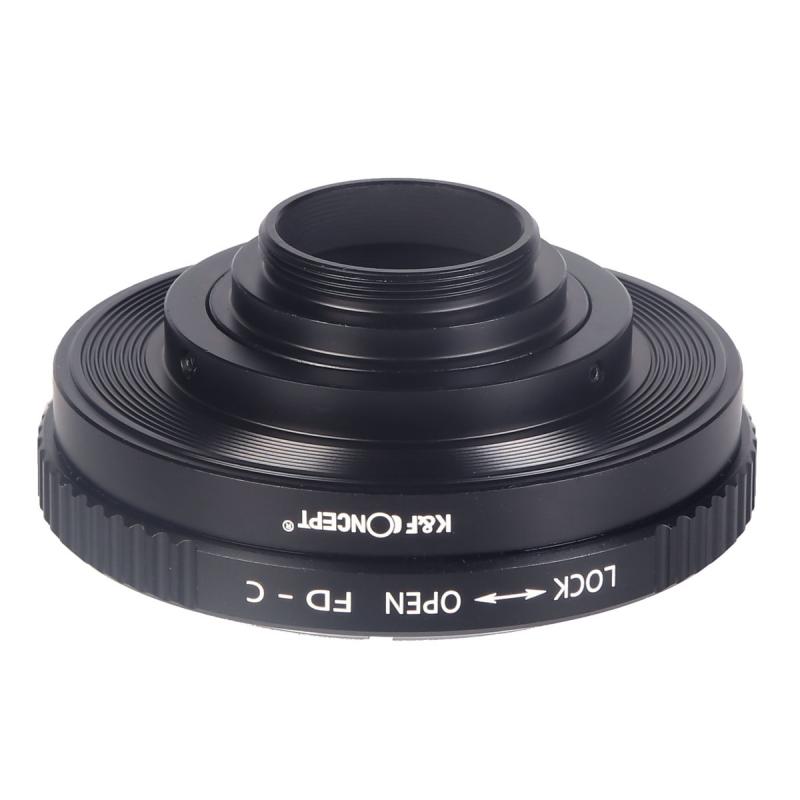
How to wire Swann cameras:
1. Determine the location of the cameras and the DVR: Before wiring the cameras, decide where you want to place them and where you want to install the DVR. This will help you determine the length of the cables you need.
2. Run the cables: Use the cables that came with your Swann camera system to connect the cameras to the DVR. Run the cables through walls, ceilings, or floors to hide them from view.
3. Connect the cameras: Connect the cameras to the cables using the BNC connectors. Make sure the connectors are tight to prevent signal loss.
4. Connect the DVR: Connect the DVR to a monitor or TV using an HDMI or VGA cable. Connect the DVR to the internet using an Ethernet cable.
5. Power up the system: Connect the power supply to the cameras and the DVR. Turn on the power supply and the DVR.
6. Configure the system: Use the SwannView Link app or the DVR menu to configure the system. Set up motion detection, recording schedules, and remote access.
Testing and Troubleshooting the Camera System:
After wiring the Swann camera system, it is important to test and troubleshoot the system to ensure it is working properly. Here are some tips:
1. Check the camera connections: Make sure the BNC connectors are tight and the cables are properly connected to the cameras and the DVR.
2. Check the power supply: Make sure the power supply is working properly and providing enough power to the cameras and the DVR.
3. Check the DVR settings: Make sure the DVR is set up properly and recording as expected. Check the recording schedule and motion detection settings.
4. Check the internet connection: Make sure the DVR is connected to the internet and remote access is working properly.
5. Contact Swann support: If you are still having issues with your Swann camera system, contact Swann support for assistance. They can help you troubleshoot the system and resolve any issues.


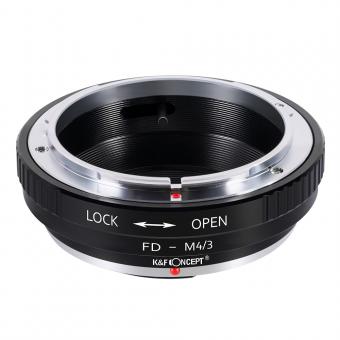

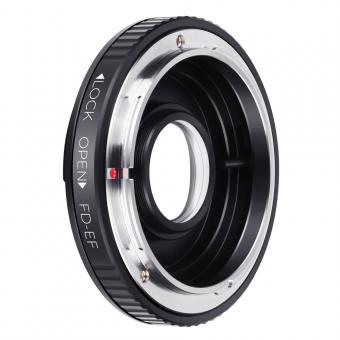
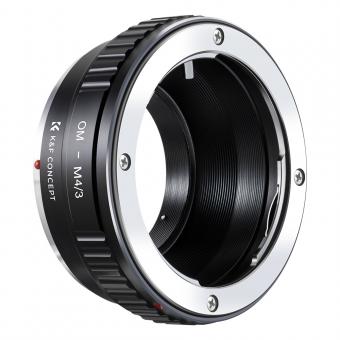
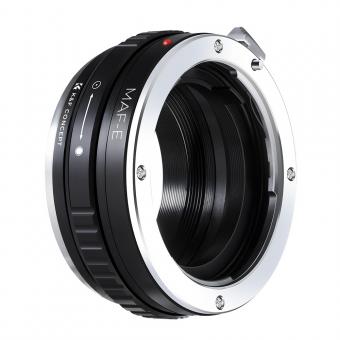
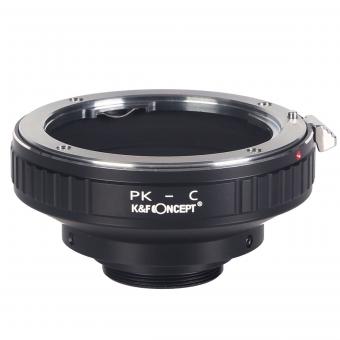

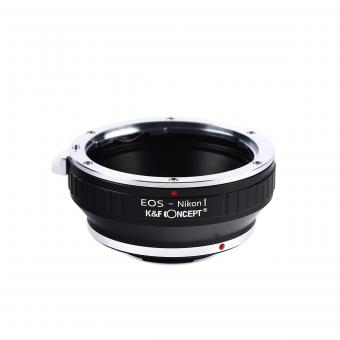
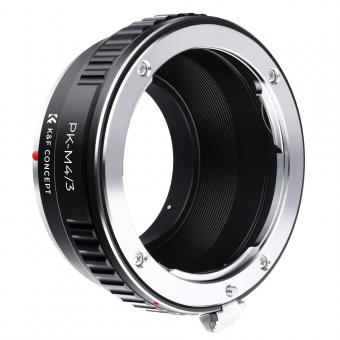



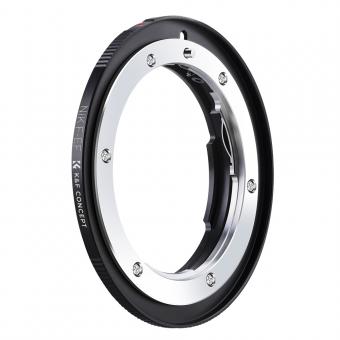
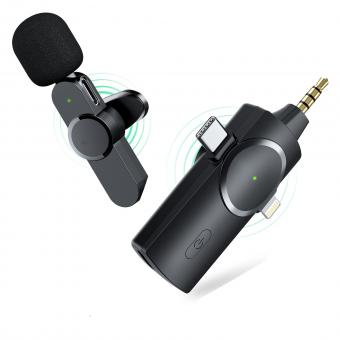



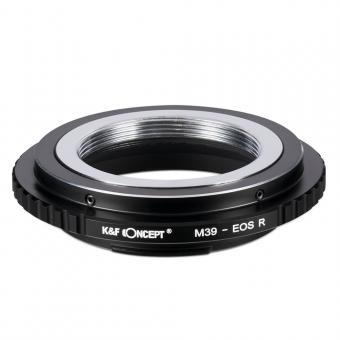

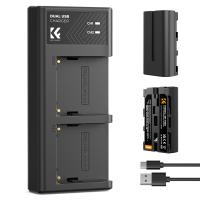
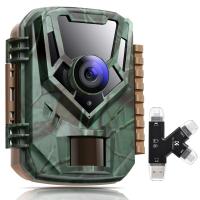


![Carbon Monoxide Detectors Portable Temperature Detector/Humidity Sensor/Air Quality Meter Smoke CO Gas Monitor [3 in 1] Alarm Carbon Monoxide Detectors Portable Temperature Detector/Humidity Sensor/Air Quality Meter Smoke CO Gas Monitor [3 in 1] Alarm](https://img.kentfaith.de/cache/catalog/products/de/GW40.0007/GW40.0007-1-200x200.jpg)
